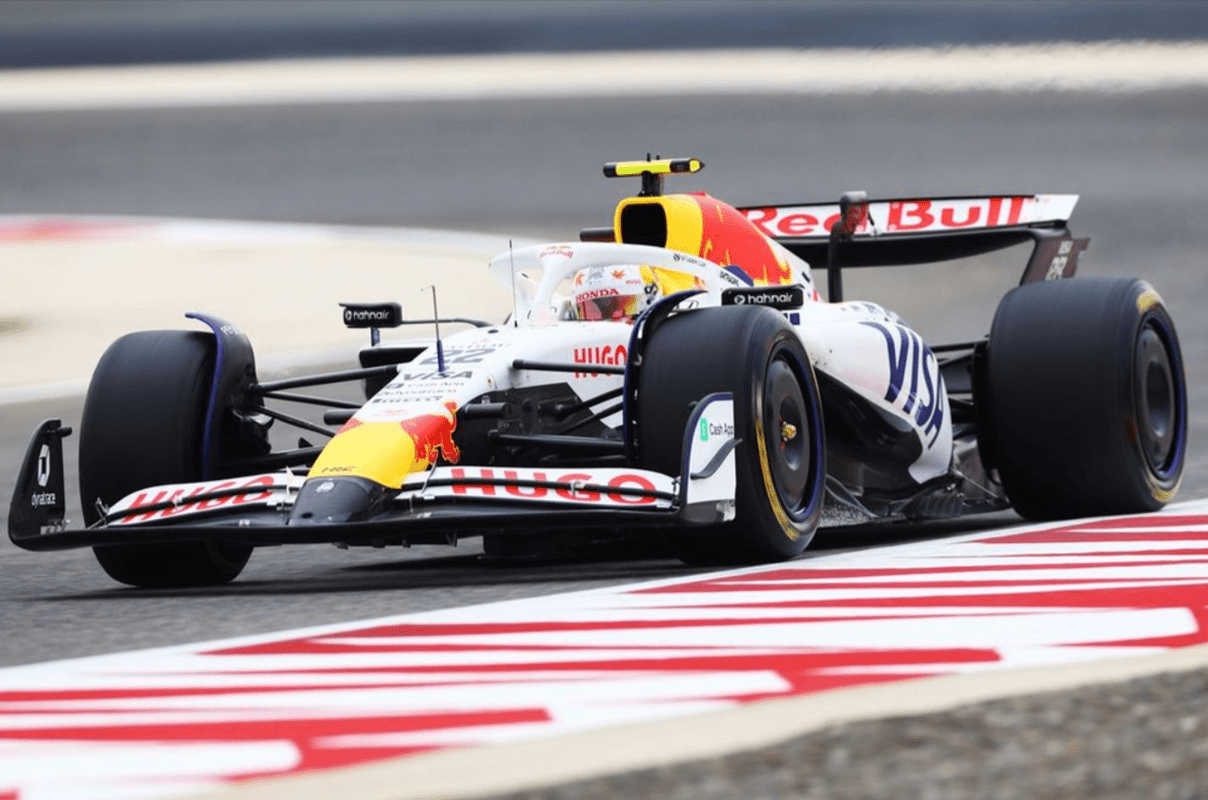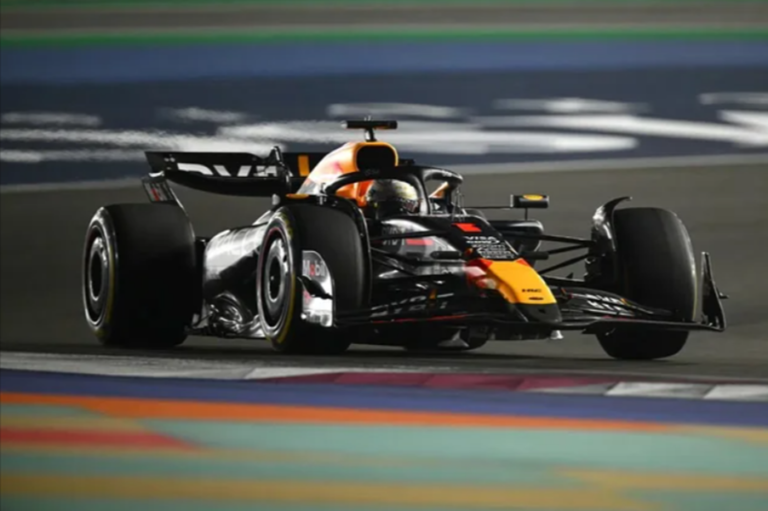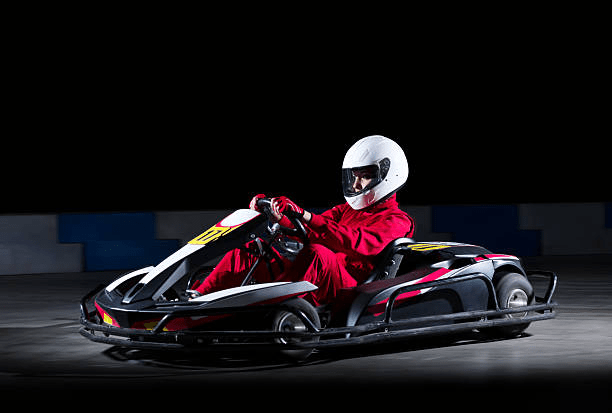Red Bull Racing: Dominating the Formula 1 Circuit!
Introduction
Red Bull Racing, commonly known as Red Bull F1 Team, is one of the most iconic and successful teams in the history of Formula 1 (F1). Established in 2005, Red Bull Racing has consistently demonstrated excellence on the racetrack, showcasing a perfect blend of speed, innovation, and top-notch driving talent. Owned by the energy drink company Red Bull GmbH, the team has significantly contributed to the evolution of Formula 1 with its strategic brilliance, aerodynamic design, and exceptional driver performance.
In this article, we will explore the journey of Red Bull Racing, its history, achievements, notable drivers, technology, and its current position in the Formula 1 championship.
History of Red Bull Racing
The foundation of Red Bull Racing dates back to 2005 when Red Bull GmbH decided to buy the Jaguar Racing team from Ford Motor Company. The team was rebranded as Red Bull Racing, marking the beginning of a new era in Formula 1.
Under the leadership of Christian Horner, who was appointed as Team Principal, Red Bull Racing made rapid progress in the sport. The team’s headquarters are based in Milton Keynes, United Kingdom. From the very first season, Red Bull showed promising performance and attracted the best talent in the industry.
The real breakthrough came in 2009 when Red Bull Racing secured its first pole position and first win at the Chinese Grand Prix. This victory marked the beginning of the team’s dominance in Formula 1.
Achievements and Championships
First World Championship (2010)
The year 2010 was a historic one for Red Bull Racing as they clinched their first Constructors’ Championship and first Drivers’ Championship. Sebastian Vettel, who joined Red Bull in 2009, emerged as the youngest World Champion in Formula 1 history. His incredible driving skills and strategic team support helped Red Bull dominate the entire season.
Red Bull Racing won a total of 9 races in the 2010 season, securing the Constructors’ Championship and setting the tone for future success.
Four Consecutive Championships (2010-2013)
The period between 2010 and 2013 is regarded as the golden era of Red Bull Racing. With Sebastian Vettel and Mark Webber as their drivers, Red Bull Racing dominated the F1 grid, winning a total of 4 consecutive Constructors’ and Drivers’ Championships from 2010 to 2013.
Some of the most remarkable victories during this period include the Indian Grand Prix, Malaysian Grand Prix, and Japanese Grand Prix. Vettel’s dominance, coupled with Adrian Newey’s exceptional car design, propelled Red Bull Racing to the top of the championship table.
The Transition Period (2014-2018)
With the introduction of the hybrid engine era in 2014, Red Bull Racing faced a few challenges. The team struggled to keep up with Mercedes-AMG Petronas, who emerged as the dominant force in Formula 1.
However, Red Bull never lost its competitive edge. During this period, Daniel Ricciardo became the star driver for the team, delivering consistent podium finishes and occasional race victories. Despite not winning any Constructors’ Championships, Red Bull remained a force to reckon with.
The Rise of Max Verstappen (2019-Present)
The year 2016 marked the debut of a young and talented driver named Max Verstappen, who joined Red Bull Racing after being promoted from Toro Rosso (now AlphaTauri). Verstappen quickly made headlines by winning his first race for Red Bull at the Spanish Grand Prix, becoming the youngest race winner in Formula 1 history.
By 2019, Red Bull Racing formed a new partnership with Honda as their engine supplier. This partnership proved fruitful as Red Bull gradually regained its competitiveness.
In 2021, Max Verstappen finally brought back glory to Red Bull Racing by winning the Formula 1 Drivers’ Championship, defeating Lewis Hamilton in a dramatic season finale at the Abu Dhabi Grand Prix. This victory ended Mercedes’ seven-year dominance and marked the beginning of a new era for Red Bull Racing.
Technology and Innovation
One of the key reasons behind Red Bull Racing’s success is their relentless focus on technology and innovation. Adrian Newey, the Chief Technical Officer, is widely regarded as a genius in car aerodynamics. Under his leadership, Red Bull cars have consistently performed at the highest level.
Aerodynamics Design
Red Bull Racing cars are known for their superior aerodynamics, allowing them to perform exceptionally well in high-speed corners. The team’s design philosophy revolves around maximizing downforce without compromising straight-line speed.
Power Unit
The transition to Honda Power Units in 2019 played a crucial role in Red Bull Racing’s resurgence. The powerful and reliable engines provided Red Bull with the extra edge needed to compete with Mercedes.
Data Analytics
Red Bull Racing heavily relies on data analytics and simulation to optimize their race strategies. Advanced computer models and real-time data analysis help the team make split-second decisions during races, enhancing their chances of victory.
Red Bull Racing’s Current Line-Up
As of the 2024 season, Red Bull Racing’s driver line-up consists of:
- Max Verstappen – The reigning World Champion and undoubtedly the biggest star of Formula 1. His aggressive driving style and fearless approach make him a fan favorite.
- Sergio Perez – Joining Red Bull in 2021, Perez has played a critical role in supporting Verstappen and securing valuable championship points for the team.
This powerful combination of drivers, along with Red Bull’s outstanding engineering team, has made them a dominant force in the ongoing Formula 1 Championship.
Red Bull Racing’s Influence on Popular Culture
Apart from their on-track success, Red Bull Racing has also made a significant impact on popular culture. Their unique approach to marketing, branding, and fan engagement has set new standards in the sports industry.
Social Media Presence
Red Bull Racing has a massive following on social media platforms like Instagram, Twitter, YouTube, and TikTok. Their content is not only focused on race results but also provides behind-the-scenes access, driver interviews, and interactive content for fans.
Sponsorship and Collaborations
Red Bull Racing has collaborated with several leading brands like Oracle, PUMA, Tag Heuer, and Mobil 1, making them one of the most commercially successful teams in Formula 1.
Future Prospects of Red Bull Racing
Looking ahead, Red Bull Racing aims to maintain its dominance in Formula 1. With Max Verstappen in his prime and continuous technological advancements, the team is set to achieve even greater success.
Additionally, Red Bull is also working on sustainability and carbon-neutral racing. The team is committed to reducing its carbon footprint and promoting eco-friendly practices within the sport.
Conclusion
Red Bull Racing has undoubtedly carved its name in the history of Formula 1. From their humble beginnings in 2005 to becoming multiple-time world champions, Red Bull has consistently pushed the boundaries of performance, innovation, and entertainment.
With Max Verstappen leading the charge and Christian Horner’s strategic leadership, the future of Red Bull Racing looks brighter than ever. As they continue to break records and dominate the tracks, fans around the world eagerly await to witness more historic moments from this iconic team.
Whether it’s the roar of the engine, the thrill of victory, or the captivating drama on the track, Red Bull Racing continues to deliver the ultimate Formula 1 experience.






